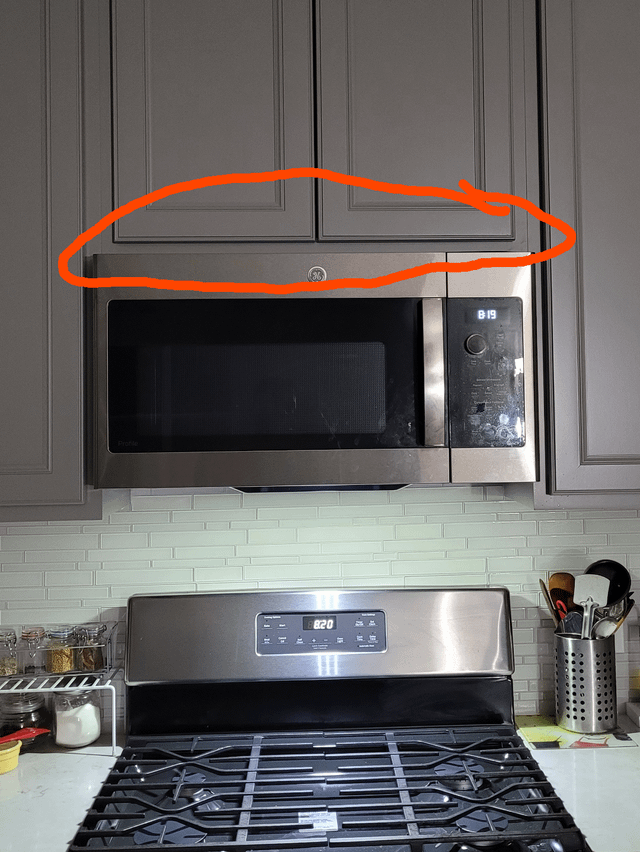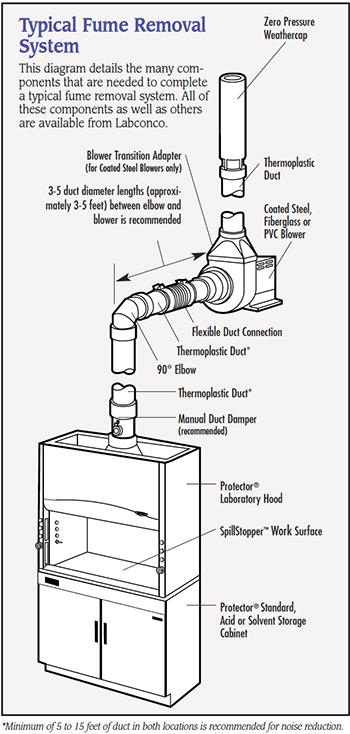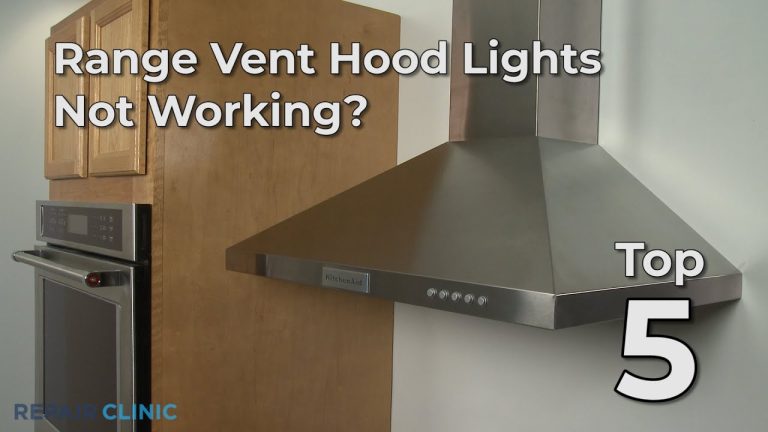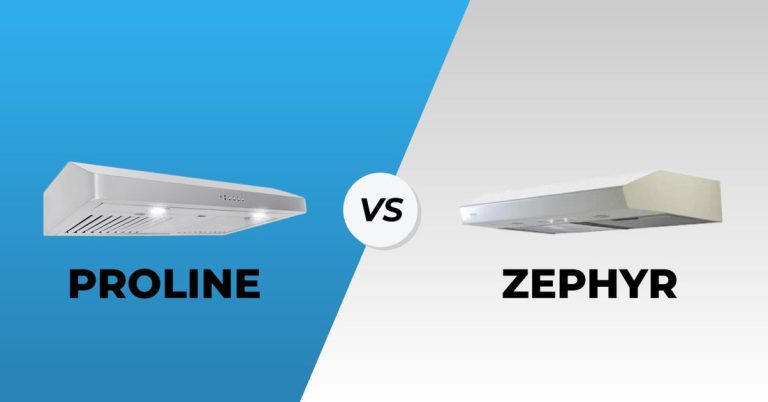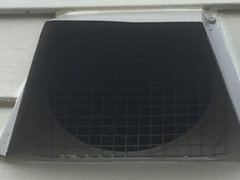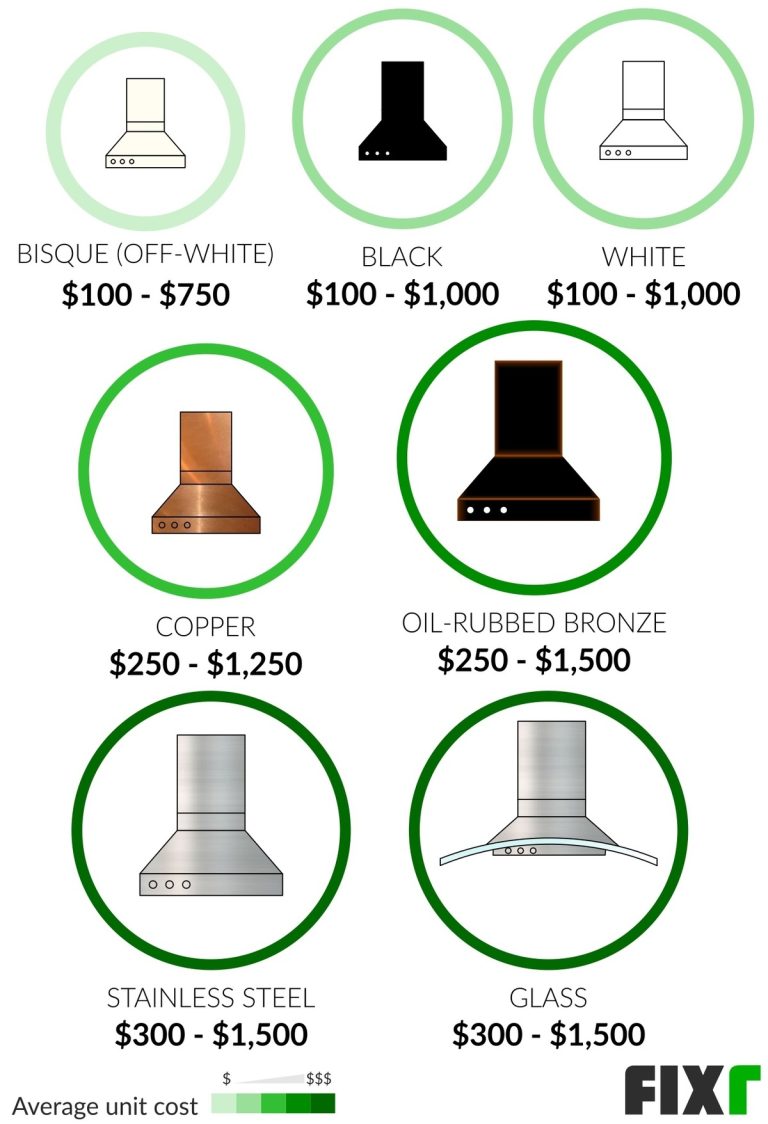A range hood blowing out air indicates a problem with the fan or ductwork. This issue can reduce cooking efficiency and indoor air quality.
Range hoods play a vital role in maintaining a clean kitchen environment. They remove smoke, steam, and odors generated during cooking. When a range hood blows out air instead of extracting it, it can cause discomfort and hinder proper ventilation.
This malfunction might arise from a clogged duct, a faulty fan, or improper installation. Addressing these issues promptly ensures that your kitchen remains a safe and pleasant space for cooking. Understanding the common causes of this problem can help you troubleshoot effectively and restore your range hood to optimal performance. This guide will explore solutions to keep your kitchen air fresh and clean.
The Importance Of Effective Kitchen Ventilation
Effective kitchen ventilation is essential for a healthy home. Proper air circulation helps remove smoke, steam, and odors. This reduces the risk of respiratory problems. Clean air leads to better overall health.
Indoor air quality can greatly impact your well-being. Pollutants from cooking can linger in the air. A good range hood helps filter these harmful particles. This makes your kitchen a safer place.
Investing in a quality range hood ensures fresh air while cooking. It also helps keep your kitchen cleaner. Enjoy cooking without worrying about air quality!
Anatomy Of A Range Hood
A range hood has several important parts. Each part helps to remove smoke and odors. Understanding these parts makes it easier to use them.
| Component | Function |
|---|---|
| Fan | Draws air and removes smoke |
| Filters | Catches grease and particles |
| Lights | Illuminates the cooking area |
| Ducts | Vent air outside or recirculate it |
There are different types of range hoods available. Each type has unique features. Wall-mounted hoods attach to the wall above the stove. Under-cabinet hoods fit under kitchen cabinets. Island hoods hang above kitchen islands. Downdraft hoods pull air down into the counter.
Signs Your Range Hood Isn’t Working Properly
Signs of a malfunctioning range hood can be easy to spot. Poor airflow is the main symptom. You may notice smoke or odors lingering in your kitchen.
Another sign is excessive noise. A loud or rattling sound means something is wrong. Dirt and grease buildup can also block airflow.
Check for filters that need cleaning or replacement. Clogged filters reduce efficiency. Ensure the ducts are clear of obstructions for proper ventilation.
Inspect the fan motor for any issues. A non-working fan cannot effectively remove air. Regular maintenance can help keep your range hood in top shape.
Enhancing Airflow With Your Range Hood
Regular maintenance ensures your range hood works well. Clean the filters often to remove grease and dirt. This helps improve airflow significantly. Check the fan and motor for any blockages. A blocked fan can reduce performance.
Inspect the ductwork regularly. Ensure there are no twists or turns that can block air. Proper duct size also matters. A narrow duct can limit airflow.
Replace worn-out parts immediately. Old filters or damaged fans will not work efficiently. Regular checks help catch issues early.
Keep the area around the range hood free of clutter. This allows for better air circulation. With these strategies, enjoy improved performance from your range hood.
Installation Mistakes To Avoid
Proper ducting techniques are crucial for a functional range hood. Use the right duct size to maximize airflow. Avoid sharp bends, as they restrict air movement. Aim for straight runs whenever possible. Insulate ducts in cold areas to prevent condensation.
Ensuring adequate clearances is also important. The range hood must be at the correct height above the cooktop. Follow the manufacturer’s guidelines for clearance measurements. This helps to capture smoke and odors effectively.
Regularly check and clean the duct system. Blockages can cause reduced airflow. A well-maintained system keeps the kitchen safe and comfortable.
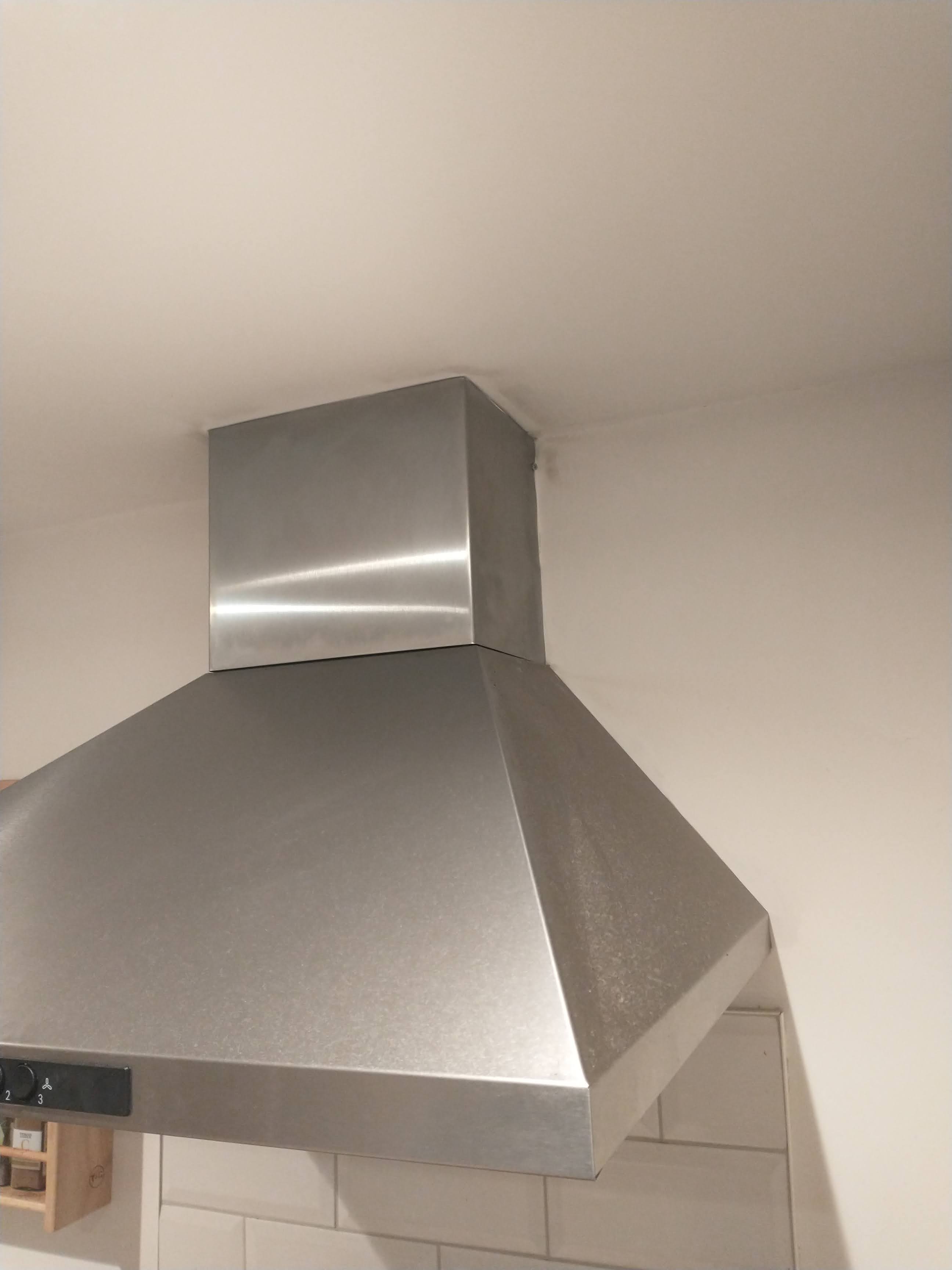
Credit: diy.stackexchange.com
Advanced Features In Modern Range Hoods
Modern range hoods now feature smart controls. These controls allow users to adjust settings easily. Many models come with sensors that detect cooking fumes. They automatically adjust the fan speed as needed.
Wi-Fi connectivity is another exciting feature. This lets users control the range hood from their smartphones. Some hoods even work with voice commands through smart speakers.
Energy-efficient options are also available. These models use less power while still providing great ventilation. Choosing a range hood with these features improves both convenience and performance.
Choosing The Right Range Hood For Your Kitchen
Choosing the right range hood is very important for your kitchen. Hood size must match stove dimensions. A good fit ensures effective ventilation and air circulation.
Consider the aesthetic and functional aspects of the range hood. Styles range from modern to traditional. Choose a design that complements your kitchen decor.
Performance is key. A powerful hood removes smoke and odors effectively. Check the CFM rating to ensure proper airflow.
| Aspect | Importance |
|---|---|
| Size | Must match stove for efficiency |
| Style | Enhances kitchen appearance |
| Power | Removes smoke and odors |
Professional Vs. Diy Installation
Choosing between professional installation and DIY can be tricky. Professional installers ensure safety and proper function. They handle complex wiring and ventilation issues. If the installation seems overwhelming, calling an expert is wise.
DIY installation saves money. Follow simple guidelines for a safe process. Ensure you have the right tools before starting. Always read the manual for specific instructions. Double-check measurements to avoid mistakes.
Know your limits. If you feel unsure, seek help. Safety is the top priority. Proper installation keeps your range hood working efficiently.
Common Questions Answered
Many people believe that a range hood only removes smoke. This is a common myth. In reality, it also eliminates odors and grease from the air.
Proper use is key for best results. Always turn on the range hood before cooking. This helps capture the smoke and odors early.
Cleaning the filters regularly is essential. Dirty filters can reduce airflow and efficiency. Make sure to check them every month.
Choosing the right size for your stove is important. A small hood may not work well for a large stove. Always match the hood size to your cooking area.
| Myth | Fact |
|---|---|
| Range hoods are only for smoke. | They also remove odors and grease. |
| Filters don’t need cleaning. | Regular cleaning is crucial for performance. |
Credit: www.reddit.com
Credit: www.reddit.com
Frequently Asked Questions
Why Is My Range Hood Blowing Out Air?
If your range hood is blowing out air, it may be due to improper installation or duct issues. Check if the ducting is correctly connected and free from obstructions. Additionally, ensure the hood is set to the correct fan speed for optimal performance.
How Do I Fix A Range Hood Blowing Air?
To fix a range hood blowing air, start by inspecting the ductwork for any blockages. Clean or replace filters as needed. If the issue persists, consider consulting a professional technician to assess the installation and airflow efficiency.
Is It Normal For Range Hoods To Blow Air?
Yes, range hoods are designed to blow air, but they should vent outside. If your hood is recirculating air indoors, it may not be functioning correctly. Ensure the system is set up properly for optimal performance and air quality.
What Causes Range Hood Airflow Issues?
Airflow issues in range hoods can arise from clogged filters, blocked ducts, or improper installation. Regular maintenance, including cleaning filters and checking duct connections, can prevent these problems. If issues persist, consulting a professional may be necessary.
Conclusion
A range hood blowing out air can disrupt your kitchen’s comfort. Understanding the causes is essential for effective solutions. Regular maintenance helps prevent these issues. Always check filters and ducts for blockages. By addressing these problems promptly, you can ensure a more efficient and pleasant cooking environment.
Keep your kitchen fresh and enjoyable!
